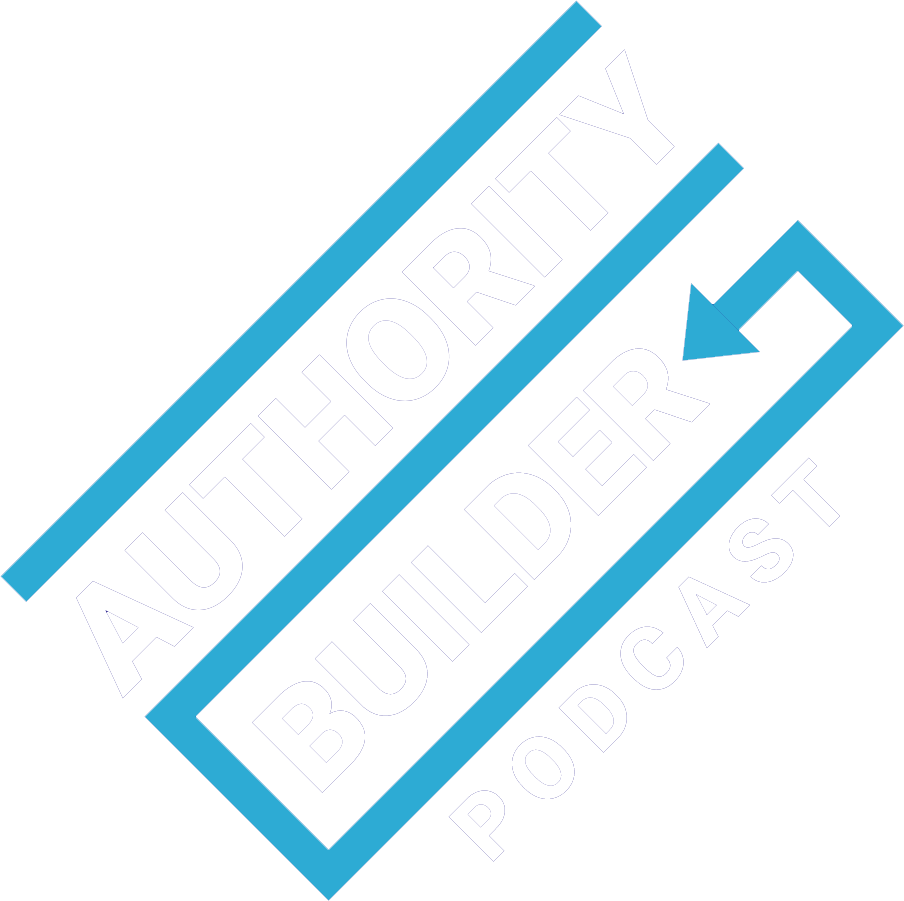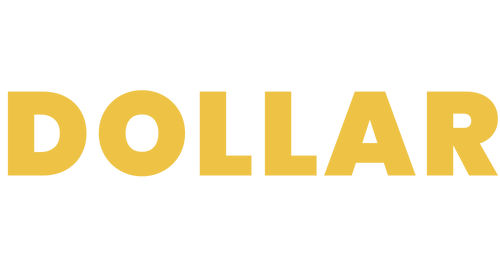As a business owner, your taxes shouldn’t be an afterthought, something you only think about when you’re getting ready to file. Jamie O’Kane is a CPA who gets proactive when it comes to creating custom tax planning and preparation strategies that can lead to business growth.
Jamie uses her podcast, (Abundant Beans) to help promote her accounting firm. But that’s just the start of her online marketing efforts.
We get into detail on the channels she uses and, along the way, workshop a lead generation strategy that any professional services provider can use.
Tune in to find out…
- Why she narrowed her target market – and the benefits it’s brought to her business
- An unexpected lead generation and conversion tool
- How she uses her podcast to support her CPA firm
- The key social network she uses to contact potential clients
- And more
Listen now…


